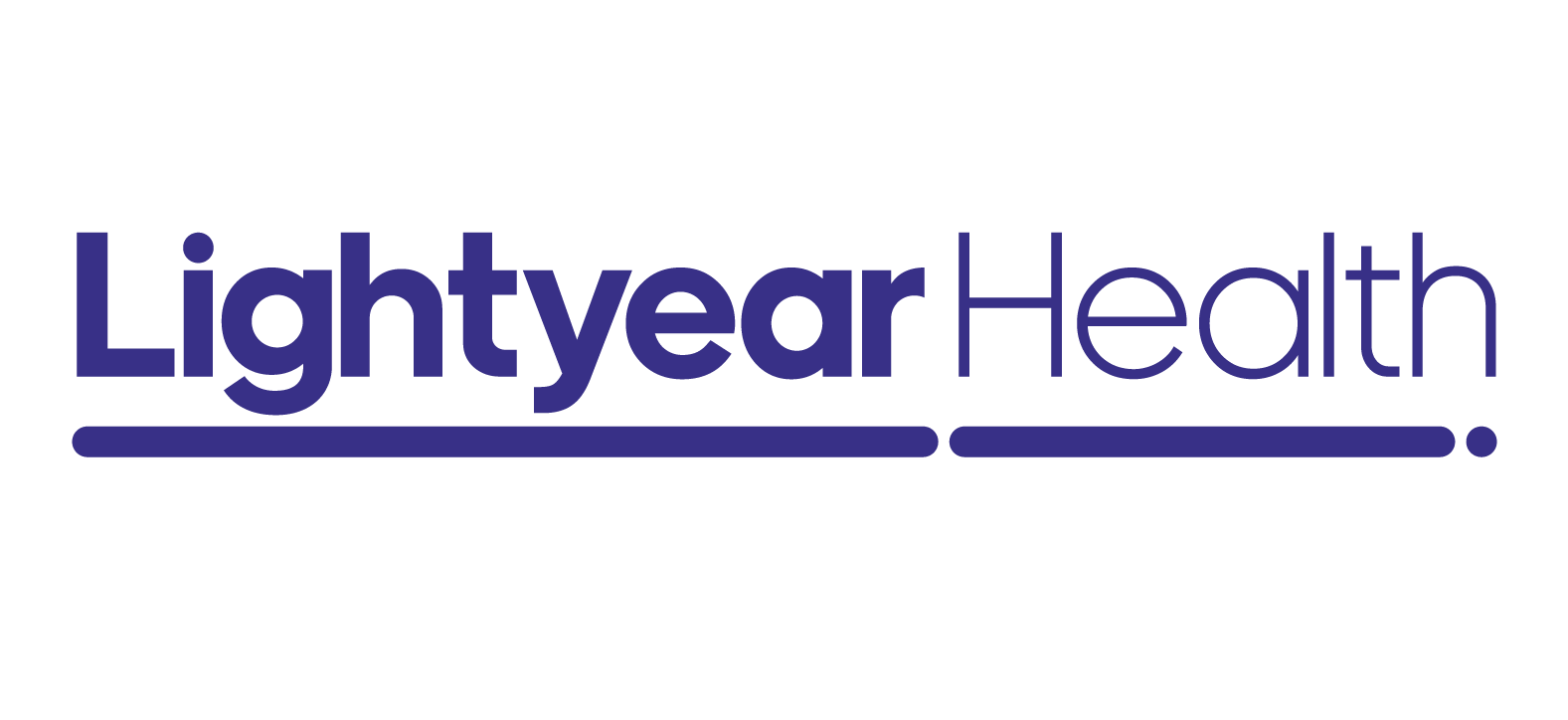As we age, we often experience physical changes and needs that can be private or difficult to discuss. That’s why it can be so helpful for patients, caretakers, and medical teams alike to understand the physical, emotional, and mental health issues that affect us as we grow older, so we can better communicate our needs in safe environments.
One of the systems that can be challenging to address with caretakers or health teams is the bladder. Urinary incontinence and other urination conditions can affect independence, leading to feelings of isolation and loneliness in older patients.
Unaddressed urinary and bladder conditions can be difficult to identify if an individual is hesitant to voluntarily bring up the issue, so it’s important to know how to recognize and treat such conditions. In addition to incontinence, bladder spasms, and a frequent need to urinate, urology-related conditions may also mean a distended bladder.
Whatever a patient or caretaker’s needs might be, Lightyear Health is here to help. We believe in bridging the worlds of medicine and care, so patients feel heard and caretakers have the information they need to care for their loved ones.
That’s why we’re the team you can trust for all your graceful aging needs, and why we’re sharing what you need to know about distended bladder causes, symptoms, and treatments.
What Is a Distended Bladder?
A distended bladder is a condition in which the bladder becomes enlarged or inflamed. The swelling is caused by pressure on the bladder that can either come from an internal source or external one, and may lead to the urge to urinate, even when the bladder is empty.
Because of the constant sensation of pressure on the bladder, it can be difficult to determine when there is a genuine need to use the restroom. This can be frustrating, and may make it difficult for someone to maintain their independence throughout the day.
It’s important to pay attention to the early symptoms of a distended bladder, as this is when the most effective treatment can be applied. When treated in the early stages, a distended bladder can be managed with relative ease and few long-term health complications.
If left untreated for a long period of time, however, individuals may be susceptible to bladder damage, urinary tract infections, and kidney complications. This is because the bladder cannot recognize and send the signal when it feels pressure from fullness. That means individuals go long periods of time without urinating, which is not advised.
If you are pregnant and notice signs of a distended bladder, you’ll want to speak to your healthcare team right away. An enlarged bladder can actually affect where the placenta rests in the body, which can complicate the birthing process. With proper care and management, pregnant patients with a distended bladder can give birth safely.
Causes of Distended Bladder
The more you know about the causes of a distended bladder, the easier it will be to get care and treatment. Here are some of the most common reasons an individual may experience symptoms of a distended bladder.
Infection
The most common cause for a distended bladder is an infection in the bladder, urinary tract, or the tissues surrounding it. Infections can increase the urge to urinate, which can affect the muscle strength and capacity of the bladder over time.
The excess pressure caused by the infection can affect the bladder’s ability to void completely when urinating, meaning it never empties all the way. This can effectively reduce the elasticity of the bladder, so it remains swollen or enlarged.
There are many symptoms that may indicate this condition early on, which means people should be able to access the support they need to reduce any long-term side effects.
Medications
If patients notice unusual symptoms out of the blue, the distended bladder condition may be the result of new medications or an increased dose in current medications. Some prescriptions can cause or increase urinary incontinence and other related side effects, so you should always speak to your doctor about potential side effects or interactions before trying a new medication.
Bladder distension may also occur as the result of over-the-counter medications. In particular, antihistamines and other medications for allergies or colds, may contribute to the distended bladder condition, especially in men.
If you think medications, prescription or OTC, may be contributing to bladder complications, speak to your health provider as soon as you can.
Pre-Existing Conditions
Many seemingly unrelated conditions can actually affect the bladder and cause symptoms like urinary incontinence. These may be chronic or acute neurological conditions, such as a stroke, which can cause damage to the spinal cord.
An adverse reaction to anesthesia may have a similar effect.
Patients will also want to consider any other chronic conditions, such as diabetes, which may contribute to the development of an extended bladder.
Symptoms of Bladder Distension
Before determining the cause of a distended bladder, individuals must be able to recognize and understand common symptoms. Here are some of the most common indicators for patients and caretakers to watch for.
Sharp Pain: A distended bladder is often associated by pain, particularly in the bladder, abdomen, and lower back. Individuals with a distended bladder may also experience painful urination.
Leakage: Like many bladder conditions, a distended bladder is often accompanied by urine leaks. This may be a constant leak, or may occur when sneezing or coughing.
Difficulty Urinating: Patients who struggle to void their bladder may be experiencing symptoms of a distended bladder. If you cannot urinate, have low pressure urination, or are managing the effects of urinary incontinence, it may indicate a distended bladder condition.
Sweating and Fever: A distended bladder may also affect other systems in the body, leading to or resulting from an infection. This will often present as sweating, chills, or a fever.
High Blood Pressure and Anxiety: Physical ailments often have an effect on our mental and emotional health. Patients that exhibit other symptoms of bladder or urine conditions paired with high blood pressure may be experiencing a distended bladder condition. Acute anxiety, where symptoms of anxiety include difficulty breathing, sweating, chest tightness, and trouble concentrating, may also be a physical response to the condition.
Treatments for a Distended Bladder
The good news is that there are many ways to manage the symptoms of a distended bladder and several of the underlying conditions. Here are some of the most common treatment methods.
Diet and Lifestyle Changes
Inflammation of the bladder may be the result of an acidic diet or a diet rich in alcohol and caffeine. Bladder and kidney stones may develop when a patient doesn’t consume enough water throughout the day. Depending on the root cause, a distended bladder and related symptoms may be managed through changes to diet and lifestyle.
Medication Changes
Medications that provide relief for one condition may react adversely with another condition in the body, which is why acute bladder distention may be the result of prescription or over-the-counter medication. Speak with your doctor about alternative medication options to find a solution with fewer side effects.
If the bladder distension is the result of an infection, antibiotics and other medications can help to reduce the swelling. This can remove some of the pressure on the bladder and provide relief from frustrating symptoms.
Surgery
Surgery may be necessary if the bladder has become distended as the result of a blockage or obstruction. There are several potential surgery options that can help to clear the bladder so the it voids properly and the involuntary urges to urinate are reduced.
Your medical team will need to perform urine tests, pelvic exams, and other diagnostic tests to determine the root cause of the distended bladder condition so the best treatment can be provided.
Conclusion
A distended bladder may sound like a serious condition, but with prompt and proper treatment and care, the cause and symptoms can be addressed with relative ease.
Most commonly, a distended bladder may develop as the result of infection, medications, or chronic conditions, and can be managed with lifestyle changes, changes in medication, or surgical procedures.
Patients who notice symptoms such as difficulty emptying the bladder, painful urination, or high blood pressure and anxiety during or around restroom needs should speak to their doctor about distended bladder treatment options.
Lightyear Health is here to help you and your loved ones get the care you need. We’re a team dedicated to the graceful aging journey, which is why we want to share information and resources that help to keep older patients as mobile, independent, and self-reliant as possible. It’s also why we want to help open lines of communication on difficult topics, and provide essential insight into common conditions and care needs.
For more information on distended bladder symptoms and treatment options, and to learn more about older patient care needs and programs, explore Lightyear Health today.
Sources
Venous Obstruction Due to a Distended Urinary Bladder – Mayo Clinic Proceedings



